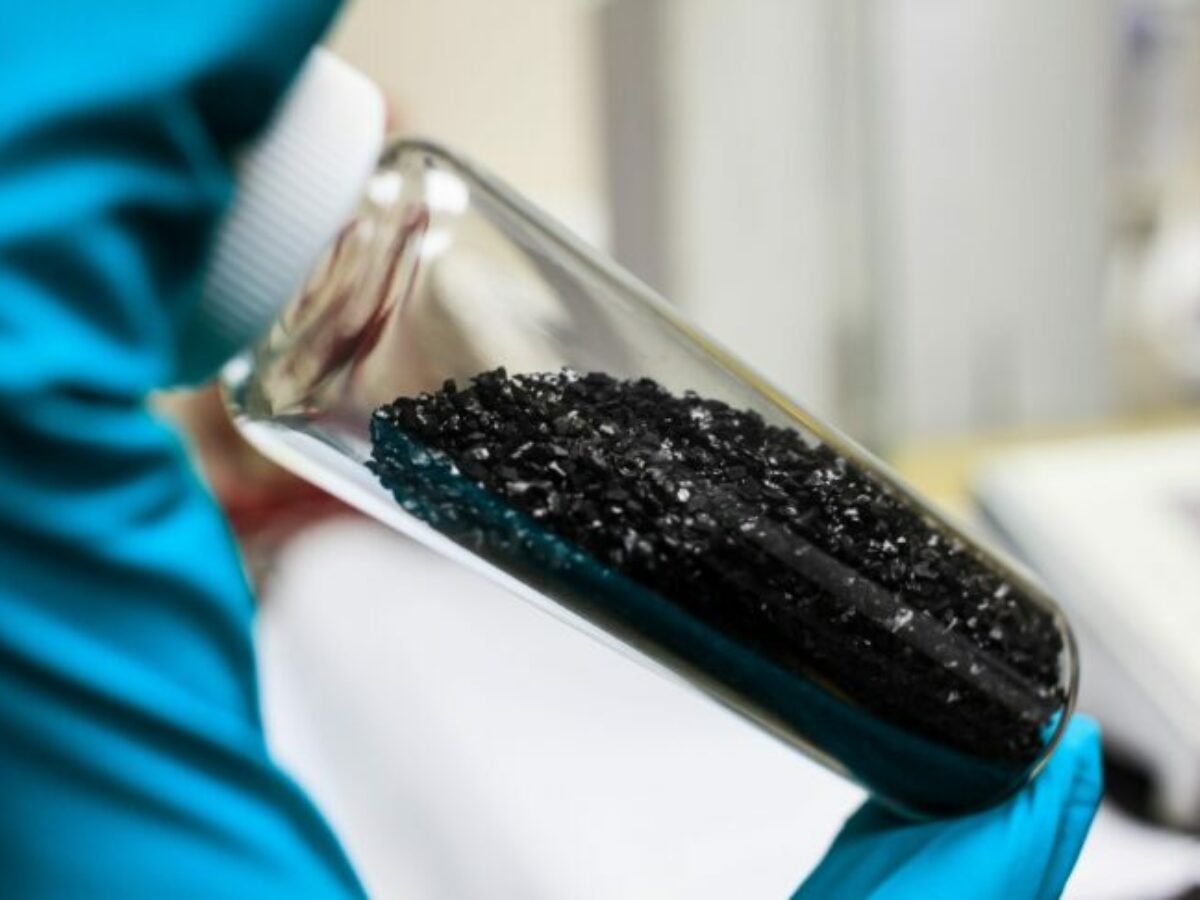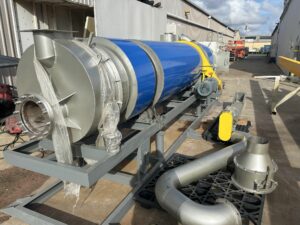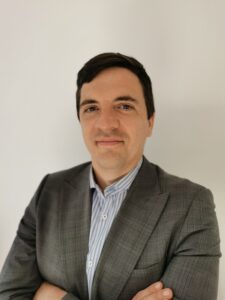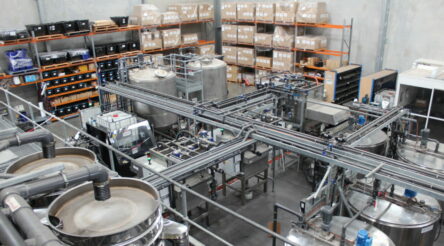Trapping forever chemicals with nutshells

Next up in our quest to seek out Australia’s 50 Most Innovative Manufacturers, we speak to a startup that’s found a way to simultaneously add value to farming waste, address the environmental stain of PFAS, and sequester carbon dioxide. Brent Balinski speaks to Bygen founder Dr Lewis Dunnigan.
A few years back, activated carbon/charcoal seemed to have a moment as a food ingredient.
Wellness enthusiasts latched onto certain detox claims, and the striking black potions, baked goods, ice creams etcetera made for fetching Instagram pics.
Outside of cafes and health food stores, the market for activated carbon is now growing steadily, not far off a double-digit percentage compound annual growth rate according to some market research reports.
A big contributor is detoxification, specifically to address the PFAS family of chemicals, which have been used in everything from nonstick pans to water-repellent clothing to firefighting foams
There are millions of tonnes of AC being traded a year globally, with contaminant removal a major driver of growth.
Do you think you belong on @AuManufacturing’s list of Australia’s 50 Most Innovative Manufacturers? Apply to be recognised in this exclusive group here.
“Primarily due to increasingly strict environmental standards around water quality and air quality which kind of facilitate its use in greater quantities,” explains Dr Lewis Dunnigan, CEO and co-founder at Bygen.
“…They’re called forever chemicals, so they don’t actually naturally break down. So if they get into the human body it takes a very, very long time for them to actually be excreted. And that can have implications on the body’s health. So there’s now a bit of a race on to remediate contaminated sites.”

(As a side note, three nominations for Australia’s 50 Most Innovative Manufacturers so far have addressed PFAS. Two directly, through environmental remediation technologies, and a third through a product offering an alternative to products that traditionally use PFAS.)
Besides their intense black colour, a feature of activated carbons is their high internal surface area due to their network of pores, which can be used to adsorb nasties from solids, liquids and gases.
Dunnigan’s company was spun out of the University of Adelaide while he was completing a PhD.
Their low-temperature activation process is able to create activated carbon from agricultural waste while sequestering carbon dioxide – a big improvement on traditional methods.
Dunnigan says these fall into either the physical or chemical activation categories. One uses steam at about 1,000 degrees celsius to treat coal — releasing about 18 tonnes of CO2 per tonne of product created — and the other uses strong acids or bases.
According to Bygen, their process is self-sustaining when up and running, and requires temperatures of only 200 degrees in combination with a mixture of gases.
Their major feedstocks at the moment are wood and nutshells, as these are cheap and available in volume at centralised, nearby locations.
Recent R&D has focussed on activated carbon specifically tailored to PFAS remediation and able to capture short-chain as well as long-chain species of PFAS chemicals.
On the whole, innovation for the team is typically around trying to create a new material to achieve a certain result (for example to capture a problem type of chemical) or improve the way they make an existing material.
 Dunnigan says that having a technically-minded team – the three founders began while studying or supervising chemical engineering PhDs – has meant that they accept that not every target will be met right away.
Dunnigan says that having a technically-minded team – the three founders began while studying or supervising chemical engineering PhDs – has meant that they accept that not every target will be met right away.
“Any failure, if you want to call it that, really can provide very, very crucial learnings to help tailor your R&D approach afterwards,” he adds.
“I think anyone who’s been involved in research in the past knows that the success rate in a lot of R&D efforts is quite low. We certainly don’t have the mentality that every missed target in terms of whatever QA/QC metric that we’re looking at is a failure.”
As for innovation, Dunnigan says he personally understands it as about calculated risks.
“I think innovation is really about looking at a problem, coming up with an approach to help solve that problem, and knowing that there is a great degree of risk there,” he tells us.
“But the rewards of actually achieving that outcome outweigh the risks. So it’s really about being brave in the way you go about doing your work.”
In this episode of @AuManufacturing Conversations with Brent Balinski, Dunnigan tells us about how and why Bygen got started, how their small size and early stage influenced their business model, some unforeseen challenges around skills, and more.
Episode guide
1:02 – Spinning out a company as a PhD student, based on a new low-temperature activation method for making activated carbon.
2:05 – Everyone benefits from the existence of activated carbon, but few have heard of it.
3:24 – The market for activated carbon.
4:04 – How their process works versus two incumbent ways: physical activation and chemical activation.
6:15 – The decarbonisation benefits versus steam and coal and using coconut shells.
7:50 – Feedstocks that have been tested. Primarily using wood and nutshells.
10:10 – Different types of PFAS species.
12:05 – Market research on PFAS remediation.
13:15 – Their business model. Build/own/operate is very expensive and licensing was a better match.
15:47 – What research looks like at a small, technically-minded team operating without the luxury of too many resources.
17:32 – The role of failure in R&D.
18:57 – Innovation takes bravery.
19:55 – Why getting the right skills to remote sites is an important challenge.
Pictures: supplied
Australia’s 50 Most Innovative Manufacturers is an annual campaign by @AuManufacturing. It has been made possible through the generous support of MYOB, CSIRO, the NSW government’s Advanced Manufacturing Research Facility, and the Commonwealth Bank. Be sure to check back at this website for regular updates, including profiles of nominees and other information.

@aumanufacturing Sections
Analysis and Commentary Awards Defence Manufacturing News Podcast Technology Videos










